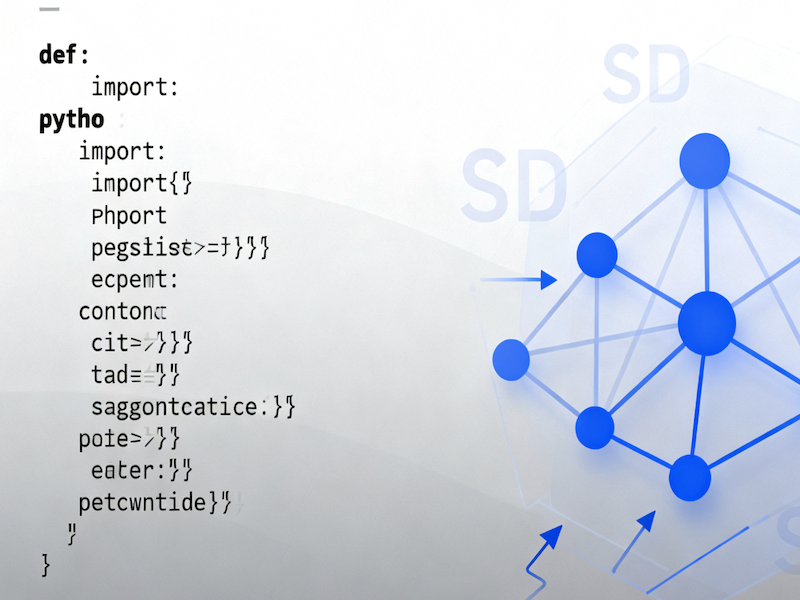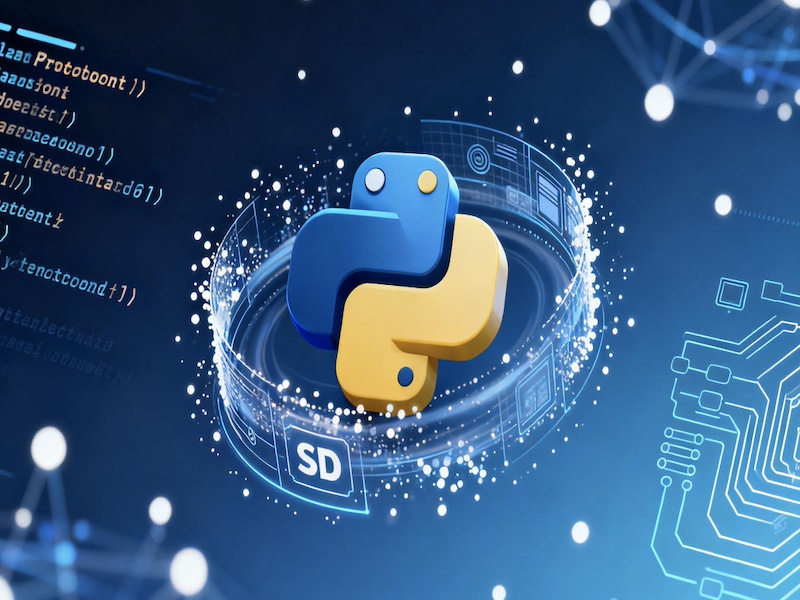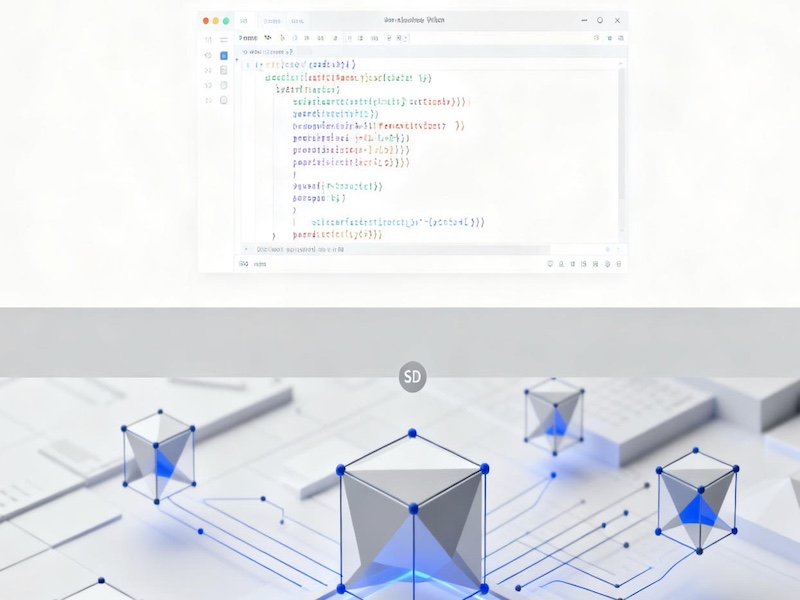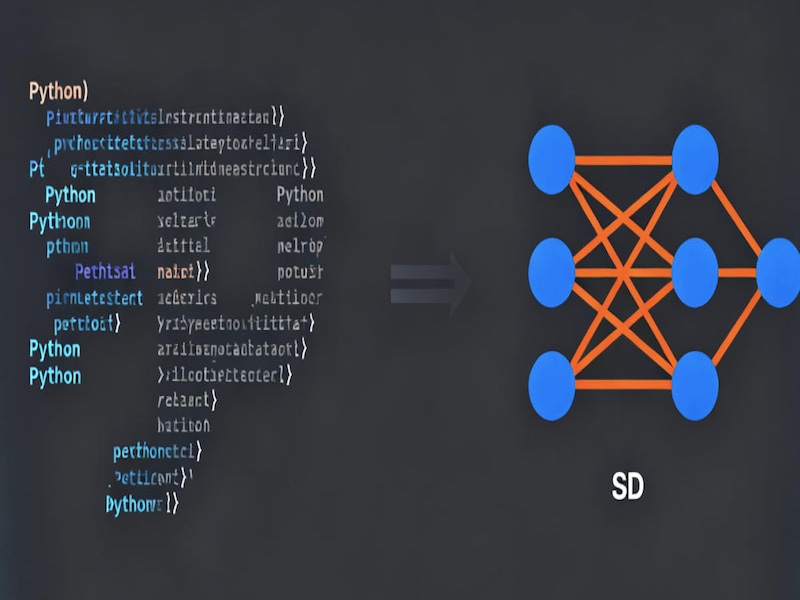Read Using Stable Diffusion with Python Online Free
What's Stable Diffusion Anyway?

Hey there! So you've heard about Stable Diffusion and want to know how to use it with Python, right? Let me break it down for you in simple terms. Stable Diffusion is basically a super smart AI that can turn your text descriptions into amazing images. Think of it like having a digital artist who can draw anything you can describe - just with code instead of paint!
The coolest part? You can run all of this right from your Python script. No need to be a machine learning expert or have a PhD in AI. If you can write basic Python, you can create stunning AI-generated images.
Getting Started with Python + Stable Diffusion
Okay, so here's the deal - you'll need a few things to get started, but don't worry, it's not complicated:
- Python installed on your computer (version 3.7 or higher)
- A virtual environment (trust me, this will save you headaches later)
- Some basic Python libraries that we'll install together
- Patience - your first image might take a minute to generate!
The great news is that you don't need a super powerful computer to get started. You can actually run Stable Diffusion on pretty much any modern machine, though having a good GPU will definitely speed things up.
Your First Python Script - Let's Make Some Art!
Ready to see some code? Here's a super simple example to get you started:
# First, let's install what we need
pip install diffusers transformers torch
# Now the fun part - the Python code!
import torch
from diffusers import StableDiffusionPipeline
# Load the model (this might take a minute)
pipe = StableDiffusionPipeline.from_pretrained("runwayml/stable-diffusion-v1-5")
pipe = pipe.to("cuda" if torch.cuda.is_available() else "cpu")
# Generate an image from text
prompt = "a cat wearing a wizard hat, sitting on a pile of books, magical atmosphere"
image = pipe(prompt).images[0]
# Save your masterpiece
image.save("my_first_ai_image.png")
print("Check out your new image! 🎨")Boom! Just like that, you've created your first AI-generated image with Python. Pretty cool, right?

Making Your Images Even Better
Once you've got the basics down, you can start playing with some really fun features. Here are some tricks that'll level up your AI art game:
- Negative prompts: Tell the AI what you DON'T want in your image
- Guidance scale: Control how strictly the AI follows your prompt
- Number of steps: More steps usually means better quality (but takes longer)
- Image size: Go beyond the default 512x512 pixels
- Seed values: Recreate your favorite images or make variations
# Let's get more advanced
prompt = "photorealistic portrait of a woman with flowing red hair, soft lighting, detailed face"
negative_prompt = "cartoon, anime, blurry, bad anatomy"
image = pipe(
prompt,
negative_prompt=negative_prompt,
num_inference_steps=50, # More steps = better quality
guidance_scale=7.5, # How much to follow the prompt
width=768, # Bigger image
height=768
).images[0]
image.save("advanced_ai_portrait.png")
Cool Projects You Can Build
Now that you know the basics, what can you actually DO with this? Here are some awesome ideas:
🎮 Game Asset Generator
Create characters, items, and backgrounds for your indie games
📖 Story Illustrator
Generate illustrations for children's books or stories
🎨 Art Style Transfer
Apply different artistic styles to existing images
👕 Design Creator
Generate patterns and designs for t-shirts, posters, and more

Common Problems & Quick Fixes
Running into some issues? Don't worry, everyone does at first. Here are some common problems and how to fix them:
"Out of Memory" Error?
Try using a smaller image size or enable memory optimization. Add "torch_dtype=torch.float16" when loading the pipeline.
Images Look Weird?
Play with your prompts! Try being more specific or adjust the guidance scale (try values between 7-15).
Taking Too Long?
Reduce the number of inference steps to 20-30, or use a GPU if you're running on CPU.
Where to Learn More
Hungry for more knowledge? Here are some awesome resources to continue your Stable Diffusion journey:
- Hugging Face documentation - The official docs are super helpful
- Reddit communities - r/StableDiffusion and r/LocalLLaMA are full of tips
- YouTube tutorials - Visual learners will love these step-by-step guides
- GitHub examples - Tons of open-source projects to learn from
- Discord servers - Join communities of people learning alongside you
Ready to Start Creating?
And there you have it! You're all set to start creating amazing AI art with Python and Stable Diffusion. Remember, the key is to experiment and have fun. Don't worry if your first few images aren't perfect - even the experts had to start somewhere!
The amazing thing about Stable Diffusion is that you're only limited by your imagination. Want to see a dinosaur riding a bicycle through Paris? Or a castle made of candy? Just describe it in text and let Python do the magic!
So what are you waiting for? Fire up that Python editor and start creating some AI art! 🚀🎨